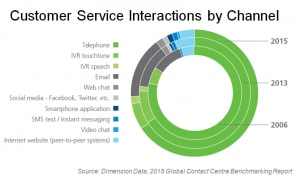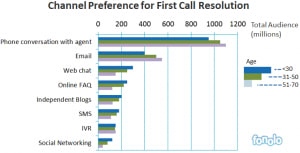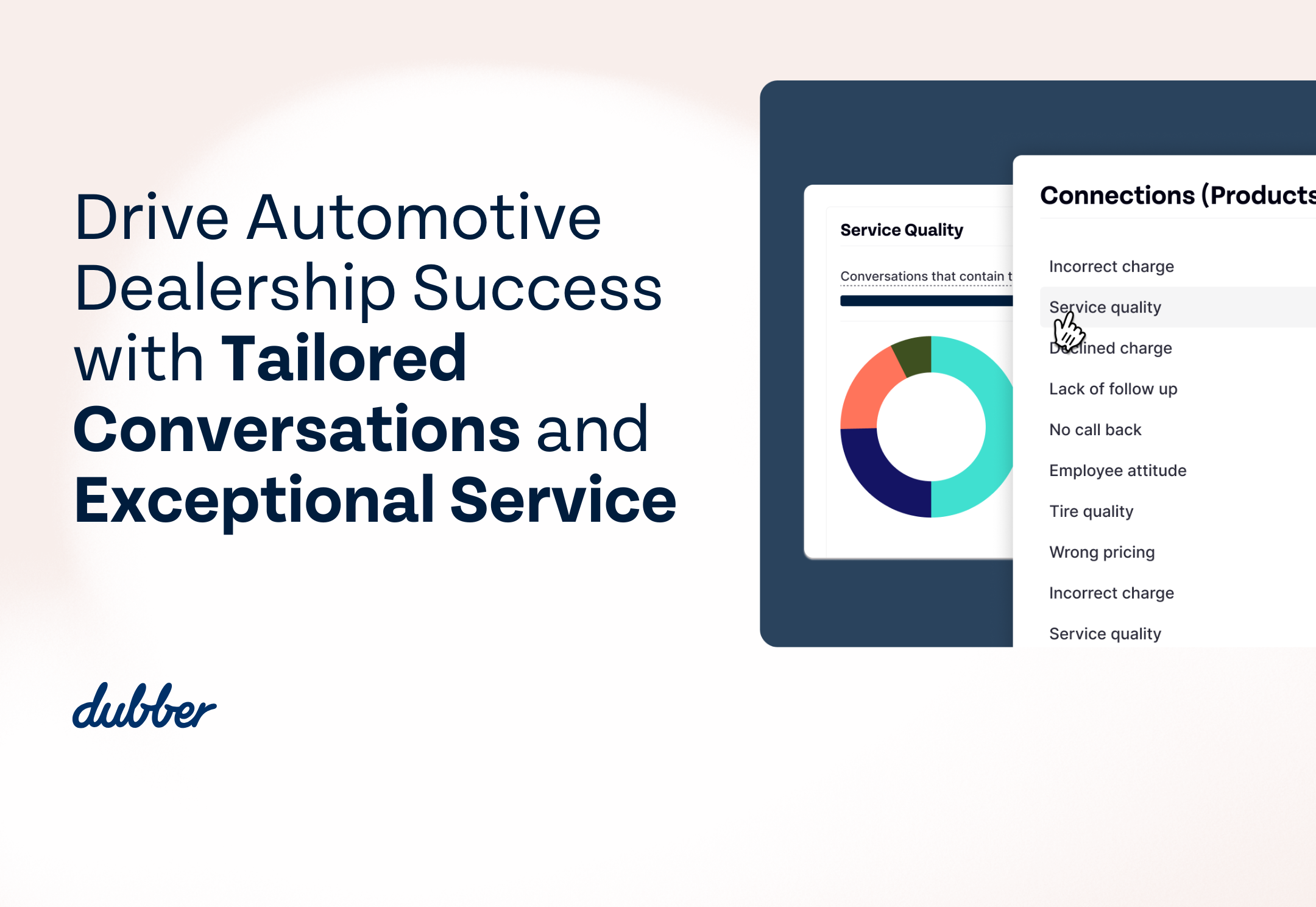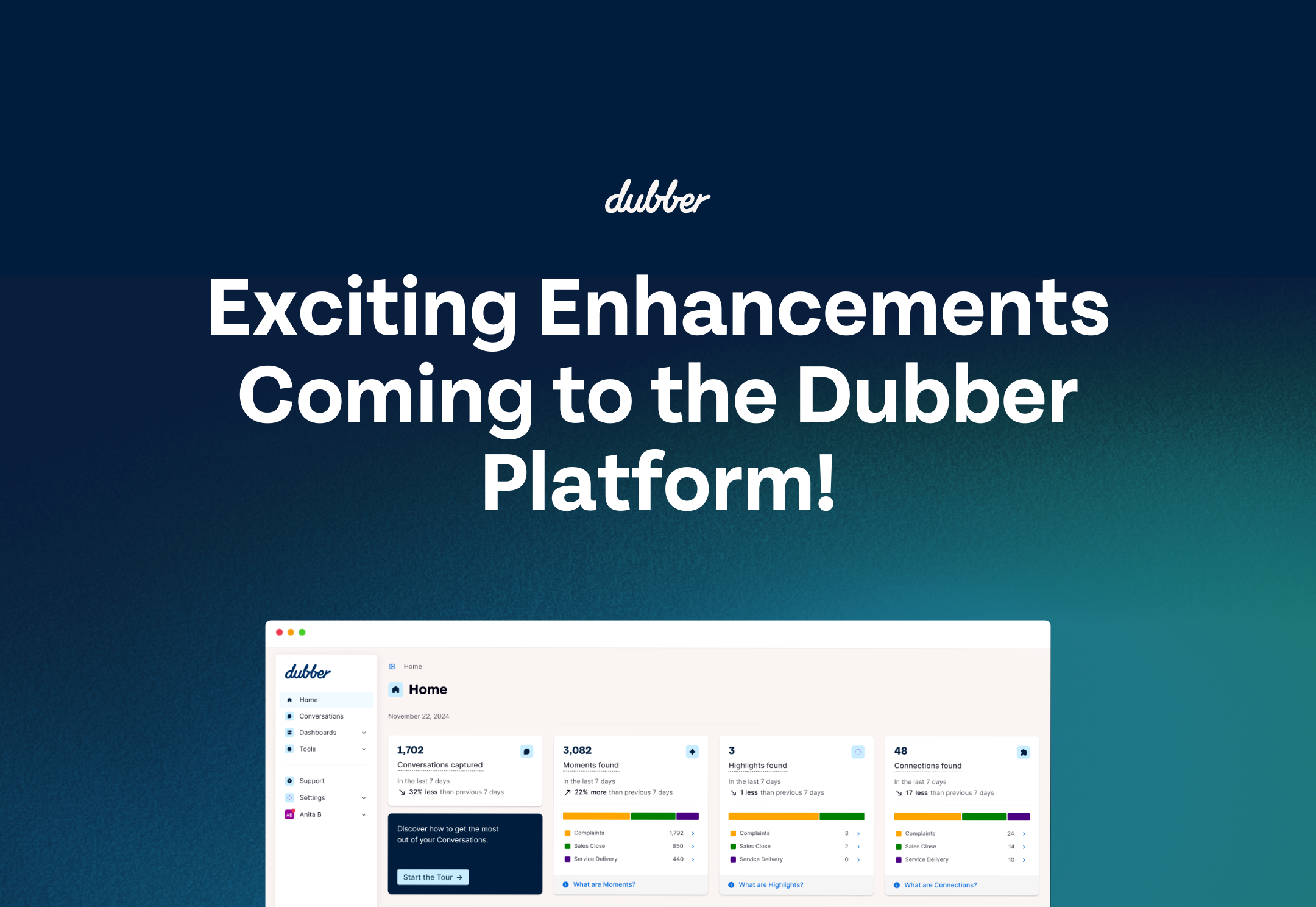

What Does the Future of Contact Centres Hold?
While the days of holding the line while you wait for an available support agent might seem far from over, call centres have evolved since their conception with the emergence of new technology. Now more commonly referred to as contact centres, as communications between consumers and customer service advisors are no longer confined to calls, here we examine how they have adapted to the modern age.
Please hold the line
Traditional call centres used an automatic call distributor (ACD) to distribute incoming calls to agents using a first in, first out (FIFO) system. Modern contact centre solutions now have virtual queuing systems that allow customers to receive callbacks instead of remaining on the line while they wait for an operator to become available. Either a virtual placeholder takes the customer’s position in the queue, or a scheduling system allows customers to choose a time and date in the future at which to be called back.
New technology allows for continuous improvement of customer service. Interactive voice response (IVR) is a technology that utilises speech recognition and keypad tones in order to direct a call to the most suitable advisor using information supplied by the customer. Where traditional ACDs could only play a greeting and queue calls using the FIFO system, IVRs can profile a customer and reduce call transfer and queue times. Callers speaking different languages can be routed to an appropriate agent based on their language preference. With more sophisticated IVR, different approaches can be tested and refined to adapt to the customer’s response. Conversational IVR can even greet customers by name for a personal touch.
Adapting to the modern consumer
Historically, customer support has been delivered through call centres but today modern contact centres use computer telephony integration (CTI) to communicate through a variety of channels including online chat, forum style support ticket platforms and social media. The chart above shows how customer service interactions have changed since 2006. This immediacy and flexible approach is something that has come to be expected by the modern consumer. Where once customer advisors were only required to have excellent verbal communication skills, now their writing and adaptability is being put to the test. The chart below shows preferences in channel by age group.
Source: Fonolo
For instance, Akixi, a leading provider of cloud based call management and analytics allows businesses to improve their sales performance and deliver excellent customer service. They have recently partnered with Dubber, creating the potential for limitless applications of call recording and intelligent call analytics in one fully comprehensive unified communications (UC) package. Like Dubber, their solutions offer unlimited scalability, no hardware limitations, and rapid deployment.
Speech analytics software, such as Dubber’s Zoe, allow companies to identify repeated problems by looking at commonly used phrases and analysing the sentiment of phone calls. Complaints can automatically be picked up and forwarded to development teams to improve future products and services, while customer advisors who consistently turn complaints into positive outcomes can be identified through sentiment analysis.
With communications solutions now being integrated with CRM systems, the data generated from contact centres can help to build an informed profile of each customer. Mondago, who provide computer telephony software, specialise in providing UC solutions that are designed to be integrated with CRM systems. As repeating information is frustrating for the customer, services such as Mondago’s Go Integrator feature screen population, which allows an advisor to see all their available information, create a much more efficient way of working.
An integration between Mondago and Dubber, enables their Go Integrator product to automatically pause and resume call recording with Dubber’s cloud based service. This is essential for remaining compliant with PCI regulations surrounding the protection of payment card information. Again improving productivity in contact centres and enhancing data security of consumers.
Not so distant future
The introduction of session initiation protocol (SIP), which allows for multimedia communications, means that calls do not have to be confined to only voice. In the future, IVR can be extended to IVVR (interactive voice and video response), giving the option of video calls with customer service advisors. This will allow systems to read customer emotions by analysing facial expressions, and can also use facial recognition to identify and greet callers.
In place of security questions and difficult to remember passwords, video calls can use biometric identifiers such as iris scans to prevent fraud. Where customer emotions were once identified by an advisor’s sympathetic ear, sentiment can now be detected by software that can enhance customer understanding. The value of being sensitive to the needs of the customer still remains, but the emergence of new technology allows the modern day contact advisor to do their job more efficiently. By integrating IVR with CRM systems as well as workforce management systems, customer service has the potential to be completely transformed into a proactive element of business development.



